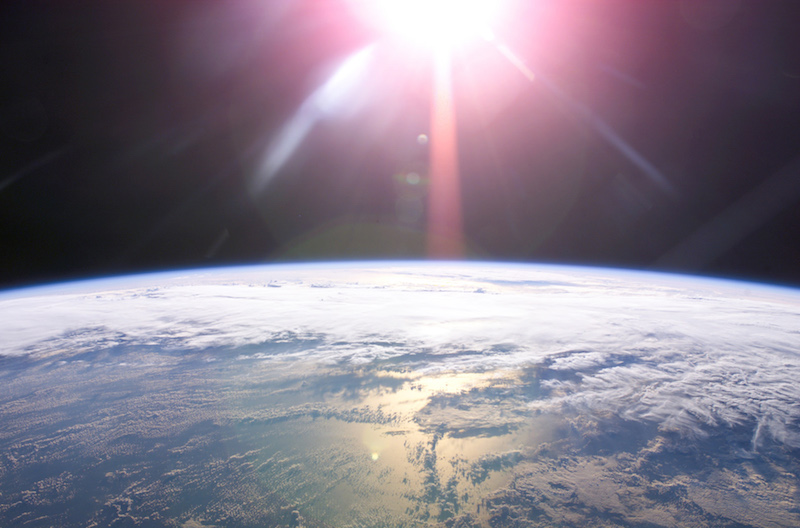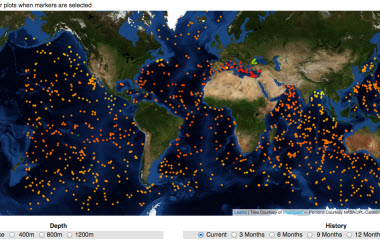January 17, 2017
Well, here we are 2017. A new year, and like every new year, full of resolutions and new beginnings. So which have you resolved to do this year: Eating better? Working out more? Spending less and saving more? Living life to the fullest? While these are the most common resolutions every year, I can’t help but question, what’s really the best thing to concentrate on in the new year?
While self improvement is always a good idea, and keeping healthy in body and spirit is something we should strive for every year, what about thinking bigger?  What about a few lifestyle changes that will not only improve your life, but the environment too? Not to mention, it might save you a few bucks while you’re at it?! A two for one deal, if you will.
What about a few lifestyle changes that will not only improve your life, but the environment too? Not to mention, it might save you a few bucks while you’re at it?! A two for one deal, if you will.
We’ve all heard, since we were kids, to turn off the lights when we leave a room. But why? Most (about 67%) of the electricity generated in the US is done so by burning of fossil fuels. The more fossil fuels burned, the greater the carbon dioxide emissions. Carbon dioxide is a greenhouse gas; it is part of the insulating blanket of gases that envelop the Earth and keep it warm and habitable. However, the more CO2 we put into the atmosphere, the more heat from the sun is absorbed. This warms the planet and contributes to climate change.
Oh, and if you’re concerned about your bottom line, electricity, on average, costs $0.10 per kilowatt hour and your average light bulb uses 20 watts and your tv about 150 watts. As you read this, how many of your appliances are plugged in, but not actually on? They’re still drawing electricity. It adds up.

And what about turning off the water when you brush your teeth? A golden oldie of my youth. You can save about 8 gallons of water a day by shutting off the faucet when you brush your teeth twice a day. This adds up to about 200 gallons a month. Apply the same logic to doing the dishes. Again, it all adds up.
Turns out, our parents were onto something. So, what else can you do? Simple things that have a legitimate impact on the health and wellness of our planet.
Recycle. Yes, you’ve heard this one before and you probably already do, but how can you step up your game? Consider the packaging of the item you’re going to buy. Less packaging, less waste. Not to mention, less shipping costs! Look for items that come with less packing material, or at least packing material that is made from recycled materials. Think about your grocery list, how many of the items on that list come with excess, or even unnecessary, packaging? Can you go without them? Is there an alternative option with less packing material you can buy?
While we’re at the grocery store… those paper and plastic bags! You can make a huge positive impact on the environment by not using either of them. Bring your own reusable bags and leave the paper and plastic ones alone. Not only do plastic bags end up clogging storm drains, when they make their way to the ocean they are sometimes consumed by marine creatures, like sea turtles, that mistake them for jellyfish. Additionally, plastic bags are made from polyethylene, which is distilled from petroleum, a fossil fuel. Bring your own bags to the grocery store and let, “Will it be paper or plastic?” become a thing of the past.

Leave the car at home. Keeping your car parked just two days a week will eliminate about 1,600 pounds of greenhouse gases a year. You’ll also save on gas! Alternatively you can take the bus or other public transportation to get to work or wherever you need to go. Public transportation not an option? Get as much driving done in one trip as you can. On your way home from work pick up the dry cleaning and the groceries, rather than going home first and making separate trips. Not only will you reduce your carbon footprint, you’ll save on gas and reduce the mileage on your car.
And one last, easy to implement thing you can do to save the world, or at least feel like you are; get a reusable water bottle, stainless steel is ideal. Plastic water bottles, like all things plastic, are made from petroleum which is a fossil fuel. The processing of the plastic also requires a significant volume of water. While these handy plastic bottles are recyclable, there is a huge cost to the environment through production, transportation, and processing. You can learn more about the lifecycle of a plastic water bottle here. Save your money and get a reusable water bottle, coffee mug and whatever other reusable containment unit you can get your hands-on. It’s worth it. For your pocket book. For the environment. For a better you.




